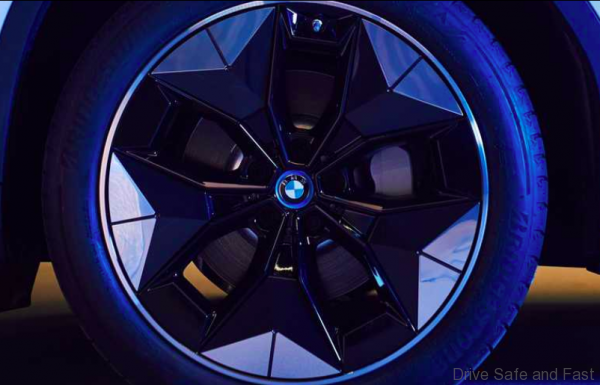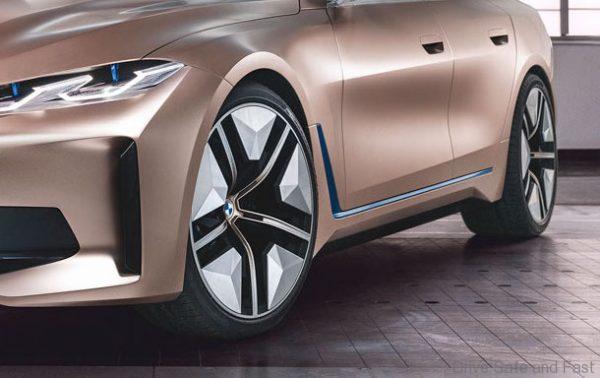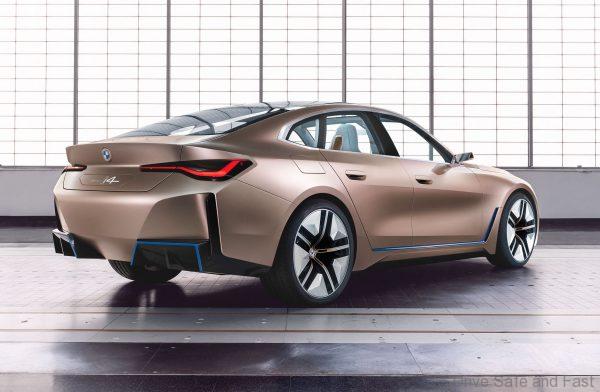Surprisingly never explained at the point of sale.
For most BMW buyers the term ‘Efficient Dynamics’ is not really understood and if queried, it is explained most times as ‘Drive Dynamics’. Well, it is more than just how the car handles and drives, it is technology rooted in many little areas to give your BMW better fuel consumption and this reducing its CO2 emissions. Yes, it does offer assistance to your driving dynamics to make it somewhat better and it even includes the factory provided alloy wheels.

PRESS RELEASE: With the introduction of its Efficient Dynamics technology package back in 2007, the BMW Group created a concept that remains unrivalled in the automotive industry to this day. It centered on consistently reducing fuel consumption and thereby CO2 emissions whilst on the one hand, while steadily increasing driving pleasure on the other. As a result, BMW Efficient Dynamics is now a fundamental link in the DNA of all BMW models and one of the key reasons why the BMW Group will be able to meet the European Union’s CO2 targets in full.
Technical measures covering every area of the vehicle.
The BMW Efficient Dynamics approach systematically optimises every aspect of the vehicle. On the aerodynamics side, active air flap control is now in its third generation, while the current BMW iX3 which will be launched by 2020 which will be fitted with the latest generation of BMW aerodynamic wheels. The technology behind the new wheels has been further refined, resulting in a five per cent reduction in drag coefficient compared to conventional BMW X3 wheels plus a 15 per cent weight saving over the previous BMW aerodynamic wheel type. Such significant steps forward have been achieved thanks to heavy investment in the necessary aerodynamics R&D infrastructure over recent years. The most aerodynamically efficient current model overall, the new BMW 3 Series Sedan, has a Cd of just 0.23, earning it the title of “best in segment”.

Intelligent lightweight design has also led to some major efficiency-boosting advances. This has made it possible to reduce the weight of models from one generation to the next, despite increases in size and safety enhancements. Optimizing structures and employing the ideal materials in every area of a vehicle are key to attaining the goals that have been set.
The wide range of powertrain systems on offer also plays a fundamental role in the BMW Efficient Dynamics concept. From highly efficient combustion engines with 48V electrical systems to plug-in hybrids and all-electric vehicles – all are underpinned by the basic principle of Efficient Dynamics: minimize the input while maximizing the output, all with the focus placed firmly on the customer. The advent of 48V mild hybrid technology greatly expands the possible uses of Brake Energy Regeneration. This technology made its debut in the four variants of the BMW 520d in autumn 2019 and will be extended to the BMW 3 Series, BMW X3 and BMW X4 ranges in spring 2020.

The BMW i Hydrogen NEXT – unveiled to the public at the 2019 Frankfurt Motor Show as a technology demonstrator – represents a potential fourth pillar in the company’s powertrain portfolio. The BMW Group has been working with the Toyota Motor Corporation on fuel cell technology since 2013. The underlying conditions for supplying “green” hydrogen are not yet in place, however, meaning it will still be some time before the BMW Group brings out a production vehicle with this technology on board.

